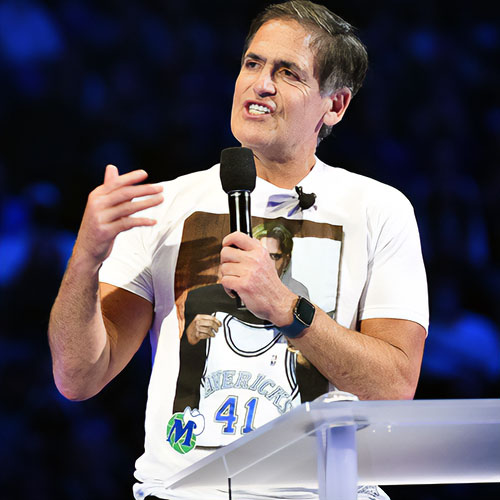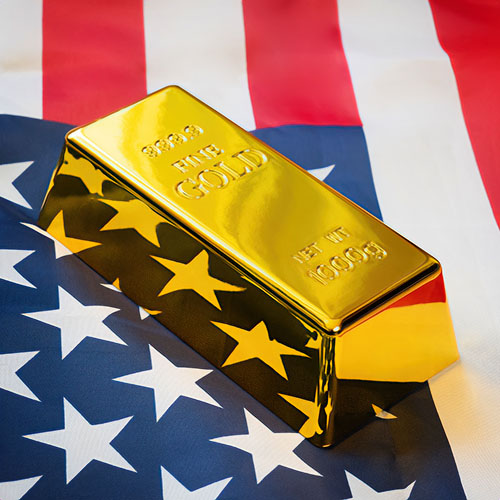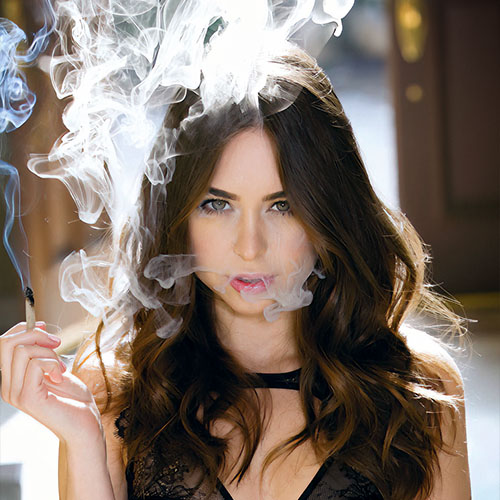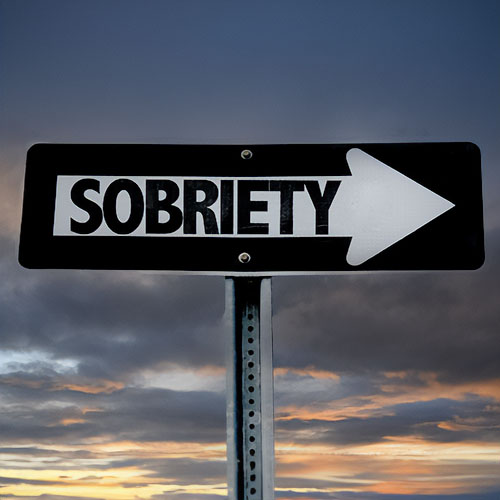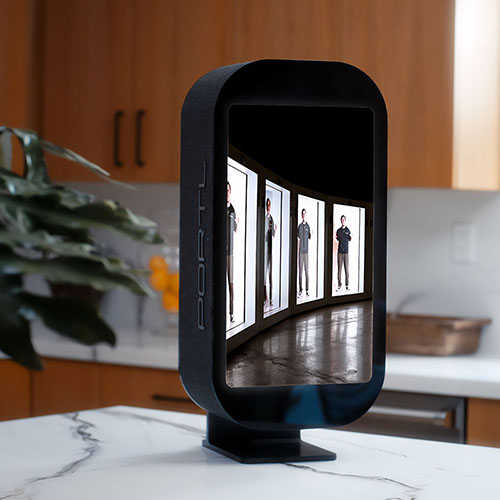How America’s benzo habit is reshaping pop culture and killing off celebrities one pill at a time.
Fifty million prescriptions for alprazolam — Xanax’s generic name — were filled in the U.S. in 2013, making it the most prescribed psychiatric medication in the country. Prescriptions were rising by nearly 10 percent a year back then, with no indication of slowing down, so 2018 numbers are presumably much higher. And judging by how quickly a casual complaint about an upcoming transatlantic flight is met these days by an offer of a couple of “Xans” to smooth out the trip, there are untold legions of additional Americans taking it off-prescription for at least semi-legitimate reasons. Xanax belongs to America’s most popular family of mood-altering drugs, called benzodiazepines. Even if you only count users with prescriptions, benzos are more popular than MDMA, LSD, heroin, and meth.
It’s impossible for a drug to permeate a society that thoroughly without leaving a mark on its culture, and the popularity of benzodiazepines — Klonopin, Valium, and Ativan are the other top antianxiety meds in this drug family — among America’s creative class has only amplified its impact. Four decades after Xanax first hit the market, this particular benzo surrounds us completely, a primary element in our cultural atmosphere.
The drugs we take have been defining the aesthetics of our times since the dawn of pop culture. Back during the Jazz Age, when radio and records came within reach of the working-class, weed-smoking big band leaders became our first rock stars. Psychedelics gave the sixties their Day-Glo vividness. The hard-edged gloss that got wrapped around nearly every cultural product created during the eighties was so clearly derived from massive piles of cocaine it’s become a cliché. The style of the nineties was shaped by “heroin chic” and Ecstasy-fueled rave visuals.
The past decade was all about weed, as marijuana began to get legalized and Adult Swim-style stoner humor took over the mainstream. But this decade’s been about benzos. Deeper into our century, when people look back at the media we’re making and consuming today, they’ll see the influence of benzodiazepines as clearly as we see coke residue on Reagan-era cultural artifacts. As more of us get on benzos, the dominant cultural aesthetic is getting softer, gentler, and more compatible with the cozy benzo high. Opiates get more press, but in truth, we’re living in the Age of Xanax, this drug being the most popular antianxiety med in a world where anxiety has become the dominant mental state.
How we got here is clear enough. Our brains’ insatiable hunger for information drove us to connect them to fat data-pipelines and we gorged on the ceaseless flow. Then we required increasingly more extreme stuff — from esoteric porn genres to hyperpolarized culture war propaganda — in order to get a response from our fried-out dopamine receptors. Like any addict who’s drifted into the ugly side of a bender, we’re reaching for tranquilizers to take the edge off, only we’re doing it collectively, as an entire nation.
Everyone on this planet right now is fucking crazy. Life under Trump is a nightmare state of doom just over the horizon for anyone on any part of the political spectrum, whether it’s liberals freaking out over the executive branch’s relentless attacks on civil rights or conservative MAGA types constantly on frantic guard against the deep-state coup attempt or an invasion by MS-13 that they’ve been told are inevitable.
War, the economy, the environment, hackers, and the general sense that we’ve already crossed some invisible line on a path toward destruction have us all perpetually on edge, and since we can’t seem to turn off the endless news-feed of everything bad happening in the world, we feel anxiety all the time. The human mind can only handle so much negative stimulation without medication, or else it falls apart entirely.
Opiates are brutally effective at reducing that agitation, but they cloud the mind. And in a hyper-stratified society like ours, creative elites want a better class of drugs than the working-class. According to the prejudices of the day, opioids are for Appalachian Trump voters — expendable, blue-collar hillbillies fueling small-town drug economies with workers’ comp checks.
Benzos, on the other hand, are a more refined downer, designed to cure a more cerebral affliction — a brain that can’t stop working. There’s a not-so-subtle hint of a brag in the way a lot of people in the creative class discuss their anxiety and the way they medicate it, implying that their real problem is that they’re literally just too smart for their own good.
And since benzodiazepines give the illusion of acting on the mind and not the body, with its icky, working-class associations, it’s easy to ignore the fact that they’re highly addictive and extremely dangerous when mixed with the most common intoxicants, such as alcohol.
But the main thing is that they work. They really, really work.
Inside our brains we have millions of receptors for a neurotransmitter called gamma-aminobutyric acid, or GABA, which, among other roles, regulates the neurons in our brains and central nervous system, reducing their activity when we get too stressed. If something lights up our primitive fight-or-flight response — a loud noise, a traumatic memory, an article about climate change — GABA can apply the brakes and slow things down so we don’t cross over into full-blown panic. Benzodiazepines work by flooding our GABA receptors and binding them all together, telling sweet lies to our nervous system that everything’s fine, that there’s nothing to worry about after all.
Benzos feel like the blissful first fraction of a second after an orgasm, stretched out into hours.
That state of anxiety-free grace — a feeling of complete all-rightness — is what we spend our whole lives chasing. Reducing the amount of stress the world inflicts on us, whether it’s financial or emotional or societal, dictates so much of our behavior, from recreational pursuits, self-improvement regimens, and self-medicating, to career choices, relationship choices, and devotion to domestic sheltering. Popping a Xanax gets you there without the work, and not only much quicker than through non-chemical means, but deeper into the state of chill. I can say from personal experience that a month’s worth of daily meditation can’t hold a candle to the worry-negating effects of .5 milligrams of alprazolam.
Benzos make you feel like you’re floating in a warm bubble bath the size of an ocean. They feel like the blissful first fraction of a second after an orgasm, stretched out into hours. They feel like an off-switch for the part of your brain that gives a shit, allowing you to float above the world as aloof and unbothered as a cloud.
When I’m anxious, the inside of my head feels like a crowded rush-hour subway platform, with different worries elbowing their way to the front of the pack and yelling for my attention. On Xanax, it feels like I’m the only person in a Greek and Roman museum wing, walking in pristine silence, surrounded by nothing but air and light and marble, smooth and serene. After feeling crushed by anxiety, it’s like being weightless. That sensation alone would be enough to get hooked on, even if it wasn’t one of the most dangerously addictive chemical compounds we’ve ever invented.
The Xanax aesthetic is a way of externalizing that sensation of absolute detached mental tranquility. It’s an utterly unbothered style, without the haziness that comes with more stoner-y perspectives. Benzos clear the mind rather than cloud it (at least when you take them on their own), so their vibe is soft but crystalline, uncluttered and unchaotic. It is, above all other things, intensely comfy.
The current popularity of muted pastel colors — from album covers to hair dye — is part of the benzo look, whether they’re used as fields of flat tones to create a perfectly placid mood, or combined in soft ombré gradients to add the suggestion of languorous movement and the floaty, bubble bath sensation of a brain awash in friendly neurotransmitters.
Pastels fit nicely with the trend of dressing softly. The rise of benzo use in the U.S. has corresponded with a steep decline in anything approaching formal attire. T-shirts and sneakers are now acceptable in settings that only recently demanded suits and ties, including weddings and funerals. By calling sweats and sneakers “athleisure” wear, and making them more expensive, we’ve been able to justify bringing the fleecy comfort of homebound self-care days into our everyday public lives. The more tranquilizers we consume as a nation, the more we’re starting to dress like the zonked-out, sweat-suited residents of a psych ward.
Orderly minimalism is another major visual component of the style. Things in tidy rows and columns can soothe the parts of our brains that flare up in people with anxiety, particularly those with obsessive-compulsive disorder. For people with OCD, the feeling of a benzo flooding your GABA receptors gives the same sensation of just-rightness that you get from indulging whatever organizational kink you feel compelled by.
So it’s no surprise that advertising has become increasingly tidy, as well as flat, minimalist, and pastel in recent years, particularly in advertising aimed at urban creative professionals and those who aspire to an urban creative lifestyle. In the past, ads fought loudly for our attention, but in a world where overstimulation has become the norm, serenity has become a valuable product. If people are willing to shell out good money for inner peace — the meditation app Headspace is currently worth about a quarter of a billion dollars — giving consumers even a small taste of calm during their commute or while they’re overstimulating themselves on the internet is like giving them an expensive gift.
And if that sensation maybe reminds them of the tranquil feeling they get from having a benzo in their system — or even happens to vibe with the wave they’re on from the Klonopin that they popped first thing that morning — that wouldn’t be bad either.
Which is why New York City subways and Instagram are so plastered with ads showing reasonably hip, youngish city dwellers resting peacefully on their backs in tidy arrangements against tonal color-on-color backgrounds. Whether the product is retro-inspired eyeglasses or memory foam mattresses or pills for erectile dysfunction doesn’t matter at this point. This kind of starkly serene late-capitalist still life has taken on a life of its own as a visual genre. There isn’t a contemporary artist working who’s doing a better job of capturing our current moment’s distinctive blend of hyper-consumerism and tranquilized shellshock.
For people with OCD, the feeling of a benzo flooding your GABA receptors gives the same sensation of just-rightness that you get from indulging whatever organizational kink you feel compelled by.
Musicians have responded to benzos with a push into sonic softness. Despite the tumultuous state of the world, angry music is out of style. Today’s most relevant pop artists aren’t raging against the machine, but creating cozy sonic nooks where listeners can hide out and forget about the machine altogether. Drums have become muted, singing has become more whispery, and loud electric guitars have almost entirely disappeared from the Top 40.
But unlike the warm soft rock of the Quaalude-heavy seventies, the artists whose work has spread the most easily and organically into the zeitgeist today are cool and more than a little aloof.
Kanye West’s album 808s & Heartbreak — whose sense of detached loss should be familiar to anyone who’s dealt with the death of a family member through a veil of pills — gave pop and hip-hop its first taste of benzo cool. Frank Ocean has become one of the most important performers of his generation singing about intense emotions held at arm’s length, in the way that benzos allow you to observe your own feelings as if they were happening to someone else. Lana Del Rey’s cult icon status comes from her ability to channel a cryptic, otherworldly glamor inspired by the sensation of being “Xanned” halfway into another plane of existence.
But no one has made art more openly indebted to benzodiazepines than today’s young rappers. And what their art says about them says a lot about the dark turn that the Xanax boom has taken.
Rappers have been at the leading edge of Xanax’s cultural takeover from the beginning. Back when the rest of the pop world was still high on Molly and Obama-era optimism, Southern mixtape rappers like Lil Wayne, Gucci Mane, and Future promoted Xanax as part of a world-obliterating pharmaceutical cocktail, mixed in with Vicodin, Percocet, and prescription cough syrup containing codeine and promethazine.
Sometime just after the beginning of the decade, a pack of young, independent hip-hop artists emerged through free platforms like SoundCloud and YouTube with a sound that opened up the ratcheting rhythms and dialed-back tempos of Southern hip-hop to a breezier atmosphere. Rappers like A$AP Rocky, Lil B, Main Attrakionz, and Yung Lean shook off the suffocating darkness of hip-hop’s lean-sipping years with dreamy flows over weightless beats that were more New Age than boom-bap. Fittingly, the style earned itself the name “cloud rap.”
This new breed of hip-hop phenoms made music that had the same spacey, lighter-than-air feel of a benzo high, and it didn’t take much critical guesswork to make the connection. Yung Lean rapped about his Xanax habit before it landed him in the hospital. The scene’s spiritual leader, A$AP Yams, who, among other things, helped curate its aesthetic on his cult-popular Tumblr account, had Xanax bars tattooed on his arms next to the words “Black Out,” and eventually died from mixing it with the codeine-based lean (aka sizzurp or purple drank). Cloud-rap-adjacent artists like Travis Scott, Earl Sweatshirt, and Danny Brown talked openly about popping benzos for both business and pleasure.
Cloud rap was a relatively niche phenomenon that happened mostly underground and online, but a wave of musicians that it inspired have spent the past few years upending the rap game and making inroads deep into the mainstream.
So-called “SoundCloud rappers” like Lil Uzi Vert, 6ix9ine, Smokepurpp, Kodak Black, and XXXTentacion have scandalized the hip-hop world by embracing unorthodox influences like emo, and scandalized the pop world by attracting massive teen fan bases to their Instagrammed rock star lifestyles, which frequently feature reckless levels of benzo intoxication (not to mention face tattoos and sexual abuse allegations).
This strain of hip-hop occupies a remarkably similar place on the pop landscape as alternative rock did back in the nineties — a semi-official sound of alienated youth that’s managed to sneak past pop’s old guard and get its hand on the wheel of the zeitgeist. It’s dominating the pop charts, setting the stylistic agenda that even superstars are following, and giving the media a field day with outrageous, headline-making behavior. It’s like Nirvana multiplied by the dozens, which makes it fitting that so many of them have adopted Kurt Cobain’s uniform of ripped jeans, chin-length dyed hair, and cat-eye sunglasses.
The major sonic difference between this new soundtrack for dissatisfied teens and nineties alternative rock is mostly a matter of volume. Where Cobain and his peers got their angst out through loud, distorted guitars and guttural screams, Xanax rap is spacey, quieter, and cool to the touch. The beats shuffle more than they bang, laced with twinkling synthesizers and softly susurrating white noise, and the vocals tend to be delivered in a dissociated melodic mumble.
When this almost abstractly chill sound is paired with the genre’s lyrical fixation on despair and death, the results can be profoundly unsettling. It would be one thing to hear a kid in his early twenties scream, “Push me to the edge/ all my friends are dead” — we have a template for that kind of thing, and rage feels like a natural reaction to desperation. Hearing Lil Uzi Vert slurring it with an aura of absolute benzo-inspired detachment — sounding like he’s tranquilized beyond the point of being physically able to give a fuck about whether he lives or dies — leaves you shaken.
Xanax rap invokes a feeling of genuine nihilism that makes Gen X’s rebellious phase look like a tantrum. And Xanax rappers’ behavior backs it up. To anyone who knows how benzos work — how easy it is to take too many, how wrong things can go when you mix them with other substances, how effortlessly you can end up hooked on them — the level of benzo abuse that these kids engage in is jaw-dropping.
So is their age. When Lil Pump hit a million followers on Instagram, he celebrated with a cake shaped like a giant Xanax bar and did the same two months later when he turned 17. Lil Xan was still below the legal drinking age when he began his come-up with an image centered around continuous pill popping. (He’s since publicly sworn off alprazolam, and has repeatedly talked about changing his stage name, although he hasn’t followed through yet.) Lil Peep, who’d collected the most “voice of a generation” accolades of anyone in the cadre, died from overdosing on fentanyl and alprazolam when he was only 21.
Today’s most relevant pop artists aren’t raging against the machine but creating cozy sonic nooks where listeners can forget about the machine altogether.
Music has always been the art form with the closest relationship to drug culture, uniquely able to both reflect trends in getting high and to influence them. It’s impossible to imagine Sgt. Pepper’s being made without LSD; it’s just as impossible to imagine LSD becoming as mainstream as it did without Sgt. Pepper’s. (TV and movies are occasionally able to capture an era’s druggy identity — you can feel benzos in Atlanta’s bemused detachment, Big Little Lies’ dissociated trauma, and the all-too-relatable robots in Westworld, Blade Runner 2049, and Ex Machina — but their size and budget constraints make it difficult.) But social media, blindingly fast-moving, infinitely mutable, and by now as much a conduit for aesthetics as information, could be taking over.
Most of the look and feel of this era of anxiety and panic barely held in check by massive amounts of tranquilizers first originated on Tumblr, the social media platform that only minimally blipped on the mainstream’s radar but which reshaped youth culture in ways that are only just now making themselves apparent. Tumblr is where much of the Xanax rap trend got started. It’s where the cult of Lana Del Rey grew its deepest roots. And it’s the birthplace of vaporwave, an obscure internet trend that’s had a disproportionately large influence on pop culture.













